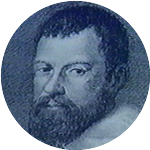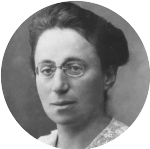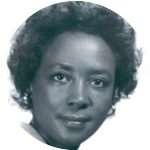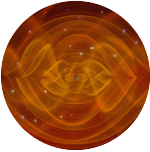Welcome to the seventh of our monthly newsletters. We will be bringing this to your mailbox around the middle of each month, to keep you informed about Planetarium and Friends news, as well as happenings in the world of astronomy and events in our area related to science education. Visit the website for more news updates and a list of our articles.
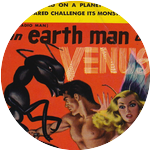
Lack of water rules out life on Venus
Recent possible detection of phosphine in Venus’ clouds was intriguing, as this gas is known to be produced by bacteria. Although that detection may have been mistaken, it inspired
other research groups to measure the water concentration in Venus’ atmosphere, to see if it might be compatible with life as we
know it. The amount they found translates to a relative humidity of 0.4%, far too low to support any form of familiar life.
The researchers used old measurements from US and Soviet probes to arrive at the result.
After applying their technique to existing measurements from other planets, they discovered that Jupiter has a comfortable
water concentration in part of its atmosphere—meaning not that life is likely there, but that it’s not ruled out by the
absence of water. The launch of the James Webb Space Telescope, which will occur any time now, will allow us to
measure the water abundance in exoplanets, identifying those which are potentially compatible with life.
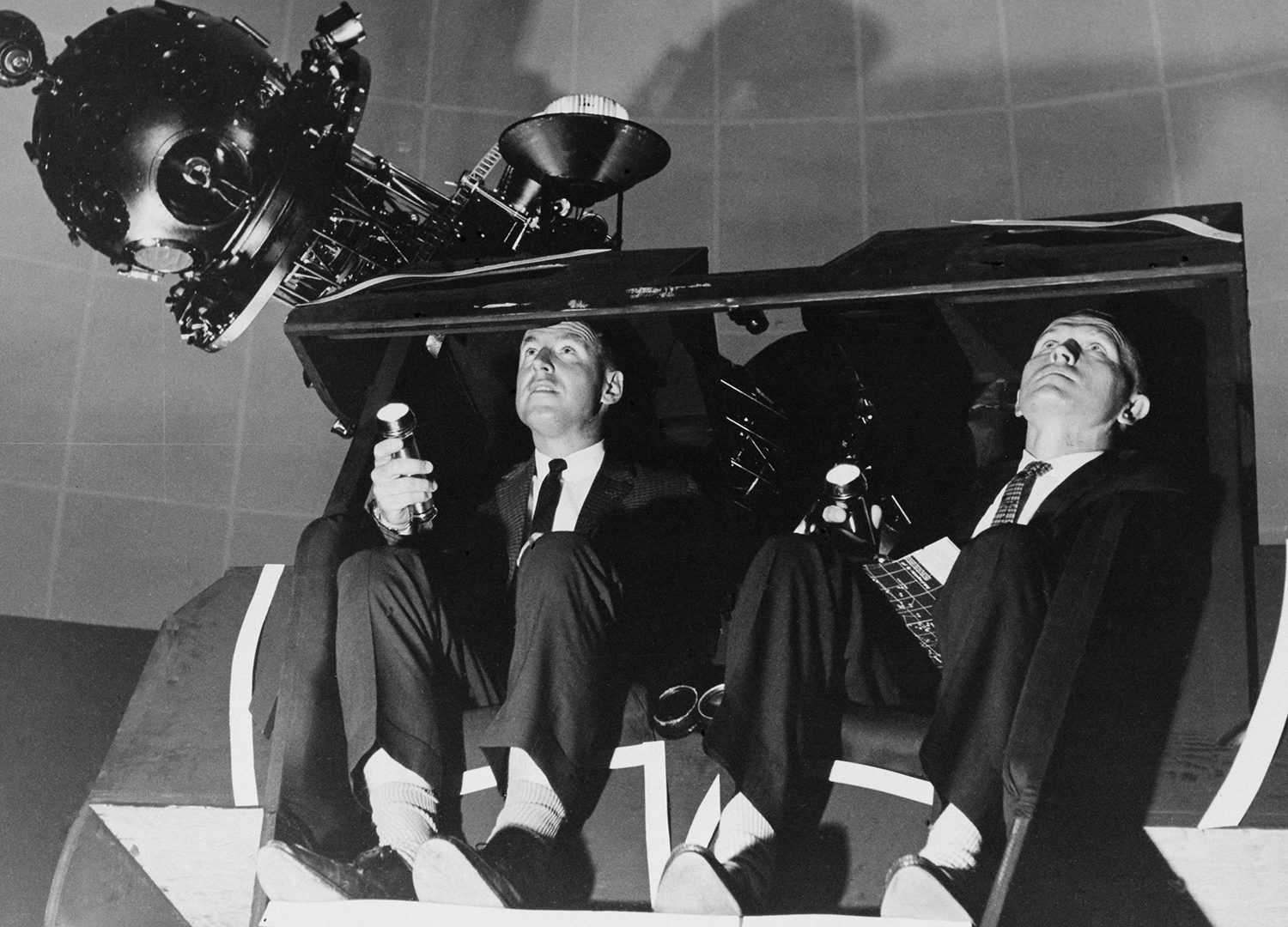
Planetarium Training for Astronauts
Early NASA astronauts had to learn celestial navigation, so they could guide their spacecraft even if the automated systems failed. Between 1960 and 1975, more than 60 astronauts received special, intensive celestial navigation training at the Moorehead Planetarium in North Carolina. Custom mockups were used in the dome to simulate views of the sky from inside various spacecraft. The training paid off, too. On more than one mission astronauts had to call upon their training to navigate manually when computer systems went out.
Contributed by
Kathi Overton.
Merger of Black Hole with Neutron Star
The LIGO collaboration has detected has detected the gravitational waves resulting from
many merger events between two black holes or two neutron stars, but, until this recent discovery, never
between the two different types of objects. There are now two such detected events, one far more certain
than the other. The more likely one is quite distant: 1.2 billion light years away. As LIGO and its friends
in the gravitational wave detecting business are being upgraded to increase their sensitivity, we will,
within a year, probably be observing an average of about one merger event every day.

Third Type of Supernova Possibly Confirmed
In 1054, Chinese astronomers recorded a star that suddenly appeared and, for 23 days, shone
so intensely that it was visible during the day. We now understand this to have been a supernova; its remnants
formed the Crab Nebula, shown here. However, the event does not fit the pattern of either of the two known types of supernovae.
Since the 1980s, astrophysicists have been theorizing that a third type, called an electron-capture supernova,
must exist, and would explain the Crab Nebula event. Recently an amateur astronomer, Koichi Itagaki,
discovered an exploding star that seems to fit the electron-capture pattern. This is the first confirmation that
such things happen, and strengthens the theory about the 1054 supernova.
Hawking’s Black Hole Area Theorem Confirmed
In 1971, Stephen Hawking proved mathematically that, once a black hole is formed, the total
area of its event horizon can never change. Now analysis of the first LIGO gravitational wave data from 2015
has led to a stunning confirmation of Hawking’s theorem. The LIGO observation was of two black holes that merged,
emitting enough gravitational radiation to be observed. The new analysis shows that the combined area of the
event horizon of the resulting black hole is equal to the sum of the areas of the event horizons of the two
original ones.
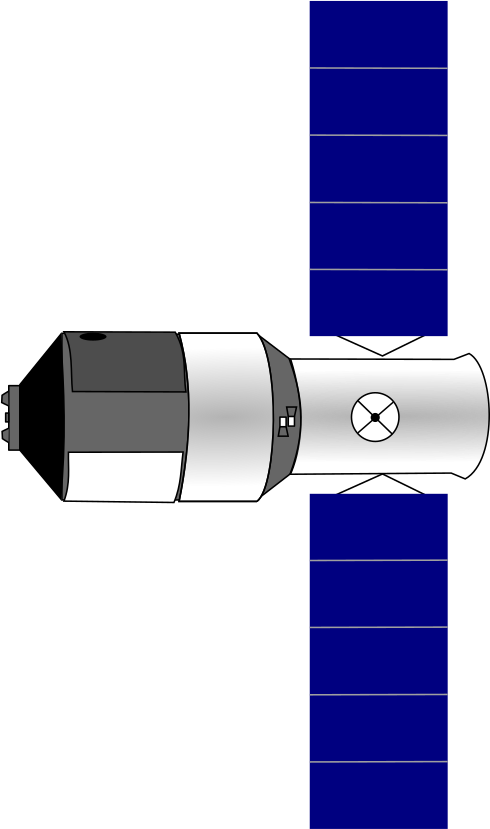
Chinese astronauts complete first space walk outside Tiangong space station
During the seven-hour excursion, the astronauts, all military pilots, set up cameras and other devices with the aid of a robot arm. China is banned from participation in the International Space Station because of a 2011 US law that prohibits NASA from expending funds to collaborate with that nation, due to national security issues as well as its human rights abuses. China launched the first module of its space station in April of this year.
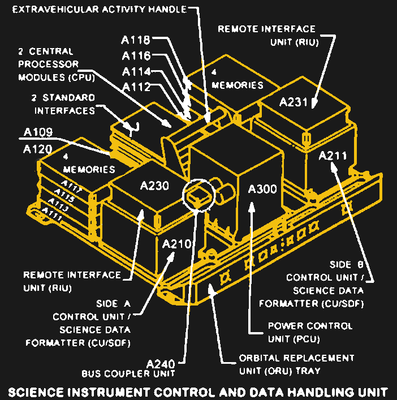
Hubble Back at Work After Sick Leave
On June 13th the payload computer on the Hubble Space Telescope was shut down
by a supervisory circuit that detected an out-of-spec voltage being supplied to the computer, interrupting the flow
of data from the orbiting observatory. After the standard procedure (turning it off and back on again) failed to correct the problem, NASA successfully booted the backup payload computer. This computer
had not been turned on since it had been tested on Earth, so there was relief when it actually worked.
The science instruments then had to be switched to their alternative interfaces to talk to the backup
computer, and brought out of their safe mode. This is an example of how NASA engineering practices,
including supervisory systems and redundancy, contribute to the astonishing longevity of their missions.

Join us at the Arlington County Fair!
The Friends of Arlington’s David M. Brown Planetarium will have a booth at the County Fair this year. The indoor pavilion will be open Friday, August 20 through Sunday, August 22. Drop by to say hi! You can learn about our upcoming activities, make suggestions for future events, and renew your membership!
Contributed by
Kathi Overton.
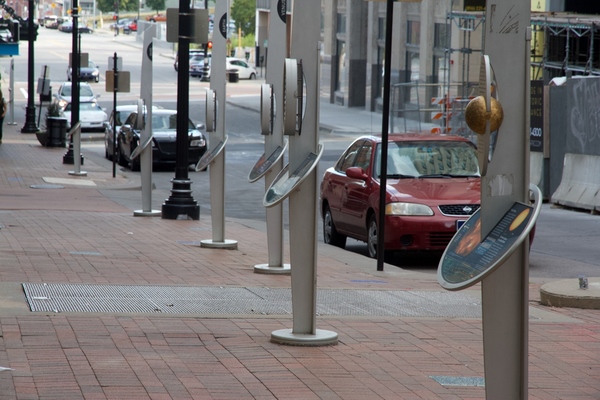
Take a Stroll Through the Solar System
The solar system so big that sometimes it’s hard for people to comprehend the true scale of it. Walkable scale models of the solar system can help, and such models have been created in several US communities. The Voyage Project, inspired by a scale model in Boulder, CO, has helped install walkable solar system models in Kansas City, Corpus Christi, Houston, and the National Mall in Washington, DC.
The 1 to 10 billion scale walkable solar system model in DC begins in front of the National Air & Space Museum, with a five and a half inch diameter model of the sun. It extends more than 2000 feet westward along the Mall, ending with a pin-head sized Pluto (which was still considered a planet when the model was installed) in front of the Smithsonian Castle building.
So, the next time you visit the National Mall, be sure to take a stroll through the solar system!
Contributed by
Kathi Overton.
Giant Comet Discovered
The nucleus of Comet C/2014 UN271 (Bernardinelli-Bernstein) is between 62 and 125 miles long.
That makes it the largest comet yet discovered, by a big margin. It will make its closest approach to Earth in 2031,
approximately reaching the orbit of Saturn. During that time, you will be able to see it with a small telescope,
observing from a dark area.
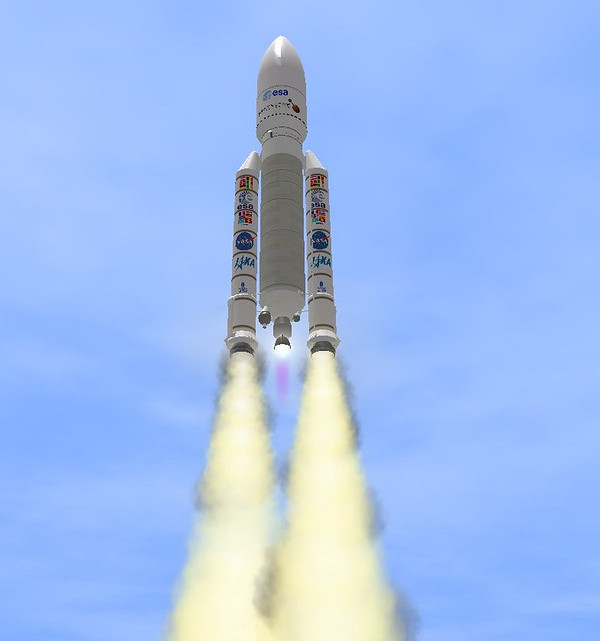
Webb Telescope Passes Key Launch Clearance Review
The James Webb Space Telescope and the Ariane-5 rocket that will send it into space are now
certified to be compatible and ready for launch within only a few months from Europe’s Spaceport in French Guiana.
Its destination is a small orbit around the L2 point, a location in space where the observatory can remain in Earth’s shadow
while orbiting with it around the sun. This infrared space telescope is a joint project of NASA, the European Space
Agency, and the Canadian Space Agency.
Edited by Lee Phillips


 witter
witter Instagram
Instagram
